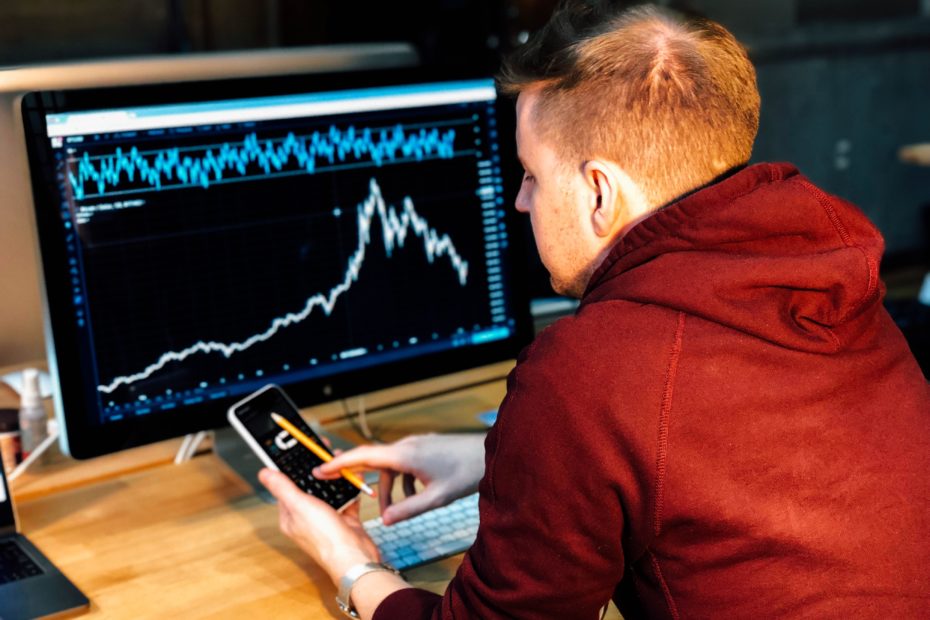The market order is as simple as any securities exchange can get. However, there are some tips for trading stocks using this type of buy or sell that everyone should know. Following is some stock trading advice for market order use.
Stock Trading Tips—Using the Market Order
The market buy or sell is a trade that simply sees a trader’s purchasing or selling a set amount of shares of a security at market value. Market value means current price, and it fluctuates, often, depending on the security and the situation, with volatility. One who places a market buy will buy the specified shares of a security as soon as possible (at the next moment when sellers are available and the market is open). A market order to sell works much the same way, as a sale is made at the next moment when buyers are available and the market is open.
Market Order Stock Trading Advice—a Volatile or Closed Market
If a particular security is jumping around in value, this type of stock trading exchange is generally unsafe. Because the price of a security could jump or plunge as someone places a market order, the trader may see his or her stock being purchased or sold at an unfavorable price that may be significantly different from the price it was at when the order was placed.
Unless a trader simply needs shares of a particular security, buying or selling via placing a market order when the stock market is closed is never a good idea. Often, the next day, or on Monday when the market becomes active, the value of stocks have often changed drastically from what they were when it last closed, and anyone with a buy or sell could have his or her trade carried out at new, very different price per share. A limit order is safer when the values of securities are likely to change.
Market vs. Limit and Stop Orders
A limit order sees a trader’s placing an order that buys or sells at close to a favorable value that is different than the price of the security at the time the order is placed. If the price per share of a stock drops to the specified value when the order is live during a buy, a buy will be initiated at a lower price (meaning that a market order will be placed once the value has reached a specified lower value).
In a limit sell, once (if) the value of an owned security raises to or above the specified value when the order is live, a market order at that more favorable price will be enacted. A valuable stock trading tip follows: If possible, use limit buys or sells (which may be adjusted to fit the market) instead of direct market orders, as they generally buy at lower prices or sell at higher prices, and they need not be monitored.
Also useful is the stop order, which buys stocks on the rise and sells them as they drop, to prevent loss, but it too utilizes an automatic market trade that is closer to a specified value, and it need not be monitored. Market orders simply buy or sell ASAP according to market value. To refine such a trade, a limit, or a stop trade can trigger a market buy or sell close to a desired, specified price, if the stock should reach that price. The components of limit and stop exchanges combine create more complex and useful trades, such as stop-limits and trailing stops.
By clicking on the click and signing up for an account, I earn a commission, no extra on your part 🙂
